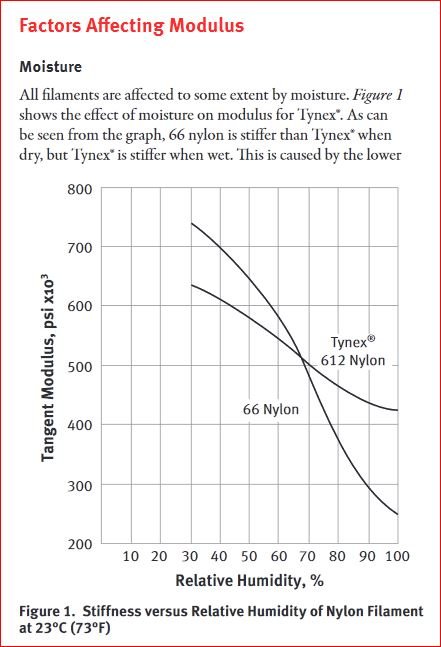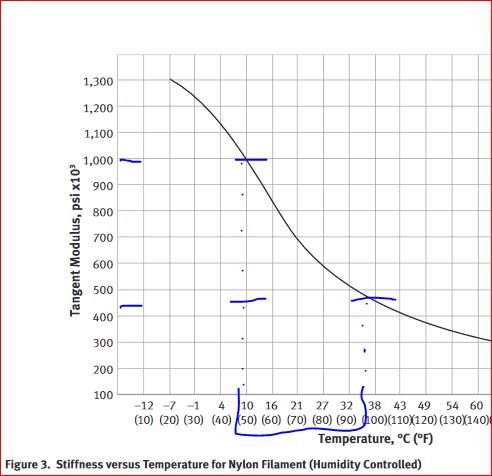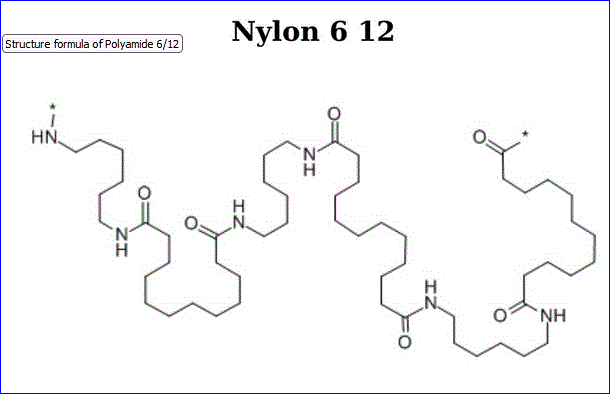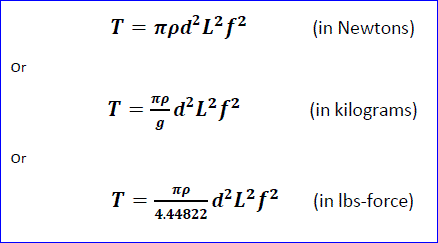Welcome to one of the most active flamenco sites on the Internet. Guests can read most posts but if you want to participate click here to register.
This site is dedicated to the memory of Paco de Lucía, Ron Mitchell, Guy Williams, Linda Elvira, Philip John Lee, Craig Eros, Ben Woods, David Serva and Tom Blackshear who went ahead of us.
We receive 12,200 visitors a month from 200 countries and 1.7 million page impressions a year. To advertise on this site please contact us.
|

|
|
Third String Difference
|
You are logged in as Guest
|
|
Users viewing this topic: none
|
|
Login  | |
|

   
kitarist
Posts: 1717
Joined: Dec. 4 2012

|
 RE: Third String Difference (in reply to itoprover) RE: Third String Difference (in reply to itoprover)
|
|
|
quote:
Konstantin, what is this excel? Can you share?
This is just something I started putting together more than 10 years ago when I was trying to understand the seemingly contradictory or inconsistent tension and other values. I haven't really put a lot more work into it past the initial burst; in part because it is near impossible to find reference length scale values used by companies - only a couple provide this info - thus exact comparisons cannot be made in most cases.
Also, back then I thought the published diameters, tension, are measurements and treated them as such to an extent. Putting in one place whatever I could find from several different companies, I started noticing impossibilities, like same diameter, same material, same open-string tuning, but very different tensions - thus realizing there are a lot of typos in published values.
Since then, I learned a few facts which obviate the need for an exhaustive database of materials, diameters, reference length scales, and tensions - especially about treble strings; I focus on nylon trebles below as these are the vast majority of strings offered on the classical/flamenco guitar string market:
1. The tension values are not measurements, but calculated ideal values (string NOT tensioned on guitar) given the physical relationship between material density, diameter, length scale, and desired reference open-string frequency.
2. The diameters are also not measured, but are specs passed along from the actual manufacturers - giant plastics companies (Dupont, Toray) for whom making a batch of guitar strings is a rounding error compared to what they extrude these monofilaments for.
3. Consequently, the guitar companies order the trebles and do not get to freely choose diameters - there are only a few diameters available to choose from. Like around 0.711 mm; 0.813 mm; 1.016 mm for the lower tier tension set, and 0.736; 0.838; 1.041 mm for the higher tension tier. (Note also that any diameters given in mm are derived from the original mil (1/1000 inch) specs, or vice versa if extrusion plant equipment settings are in mm, so these are prone to typos/mistakes from conversion on top of any typos when listing the factory diameters).
4. There are only two types of nylon that can be/are used for musical strings: PA 6-12 (regular nylon guitar strings) and PA12 (Savarez's Cristal/New Cristal). PA = polyamide.
5. Coloured nylon is regular nylon (PA 6-12) with colour dye added being less than 2% of the total mass. Does not change the density or tensile stiffness, apparently, but perhaps can change a bit the shear stiffness so pushing a black string across its length axis as we do in sound generation on guitar may feel a bit different.
So that's a lot of constraints.
For example, listing a nylon G string as 1.027mm and 1.041 mm probably means the actual specs are 1.041 mm for both (40 mils is 1.016mm; 41 mils is 1.0414; there are no finer offerings between whole mil numbers).
Also a diameter and material implies density, and there are only a couple possibilities - PA 6-12 is around 1.06 g/cm3, and PA12 is a bit less dense, at 1.01 g/cm3. (Nylon absorbs moisture so values vary a bit depending on that). And this in turn implies tension at a given open-string tuning and reference length scale.
The actual, on-the-guitar, tensioned string, stabilized tension is different from the listed one - it is lower, and it declines more for the B and E trebles than the G string as they stretch more. As a result, the three trebles stabilized on the guitar have a lot more uniform tension profile than what the listed tension look like.
The actual diameters (before stringing) are not identical to the listed one (which is the spec one, effectively the mean one) but have some Gaussian distribution around that mean because of micro-variations in extrusion temperature etc. for the same batch.
All of this made me realize that there is a lot of smoke and mirrors to sell us essentially the same two wines repackaged with different fancy labels and claimed unique characteristics. Which made having an exhaustive strings database less important than what I initially thought - the system is hugely over-determined and only a few points of data are needed.
(then we have PVDF = "carbon"; PEEK = D'Addario composite and some others; and alot more from Aquila which is totally unique in that it has its own extrusion plant and actively makes new string materials).
But here is my excel file anyway:
https://docs.google.com/spreadsheets/d/1OVEVU5eUy2XFrs5TmCyibEt5umynWLq8
_____________________________
Konstantin
|
|
|
|
REPORT THIS POST AS INAPPROPRIATE |
Date Feb. 6 2024 1:55:53
 |
|

   
Ricardo
Posts: 14832
Joined: Dec. 14 2004
From: Washington DC

|
 RE: Third String Difference (in reply to kitarist) RE: Third String Difference (in reply to kitarist)
|
|
|
Also, there can be the case of “bad batches”, where defects occur. I have had multiple sets of brand X Y or Z, that had warbling strings, or ones that break suddenly, or won’t intonate, etc. It will give false impressions to the consumer that the BRAND is at fault, when as you say, these are all the same plastic things essentially in a different colored package. I remember when Labella were “bad” at it was probably some large batch, and the company come on foro here offering everybody free sets to try again, with a new shiny sticker on there. 
_____________________________
CD's and transcriptions available here:
www.ricardomarlow.com
|
|
|
|
REPORT THIS POST AS INAPPROPRIATE |
Date Feb. 6 2024 11:34:36
 |
|

   
AndresK
Posts: 313
Joined: Jan. 4 2019
From: Patras, Greece

|
 RE: Third String Difference (in reply to kitarist) RE: Third String Difference (in reply to kitarist)
|
|
|
Thank you for the very interesting file. I too have read this same nylon for all brands thing from Mr Mimmo, but I am not really sure this is the whole story. For some reason, even though there are generalisations on "traditional" nylon strings and cristal type strings, still there are timbre differences between brands for the exact same diameters.
So Augustine classic nylon is different than la bella 427 different than Knobloch an different than d Addario pro arte trebles, all supposed to be the same type of nylon. The same goes for Savarez new cristal, luthier, RC Recital, solera and Knobloch qz trebles, all different feel of stiffness, projection, sound details...
Is there some ingredient percentage that differs between them? I am no chemist of course and speak entirely on my experience.
|
|
|
|
REPORT THIS POST AS INAPPROPRIATE |
Date Feb. 6 2024 15:20:19
 |
|

   
kitarist
Posts: 1717
Joined: Dec. 4 2012

|
 RE: Third String Difference (in reply to AndresK) RE: Third String Difference (in reply to AndresK)
|
|
|
quote:
not really sure this is the whole story
I think I was careful not to imply that it is a complete story. It is not. For example, apart from the giant plastics companies others also can extrude nylon strings, and guitar string companies can order from these "second-tier' ones sometimes, I imagine. These extruders would, in general, have older-generation equipment with less ability for control of the extrusion process. This is one way how one can get more bad batches or large inconsistencies within the same batch (larger standard deviation around the mean of actual string diameters, for example).
D'Addario gets their trebles from Japanese materials manufacturer Toray, which has exceptionally consistent quality control and process and using the most modern extrusion plants. D'Daddario gets all the credit, but if other guitar strings companies ordered from Toray, their PA6-12 trebles would have exactly the same sound and consistency. D'Addario likely has an exclusive deal with Toray preventing that.
Yes, if we knew which string companies get their nylon trebles from which manufacturers and got the manufacturer's specs for all, we would have much more objective certainty based upon which to make choices.
Also note that both humidity and temperature affect string stiffness, and separately for the same humidity and temperature, PA6-12 and PA12 would have different stiffness (PA12 less stiff).
String stiffness varies by a factor of up to 2 within the plausible ranges that a guitar can experience for humidity and temperature during its life:


As to percentages - not how it works, I believe. PA6-12 is a single chemical, C18H36N2O3, gets polymerized to make long chains and gets extruded into a string. PA12 is C12H23NO, gets polymerized, etc. They are not classes of nylon materials but specific species.

PA12 has similar properties to do with humidity/temperature effects and similarly more resistant to water absorption, just is a bit less dense so sounds more 'mellow' on guitar. However, apparently it is more expensive to produce, which is likely the main reason the nylon guitar string market is dominated by PA6-12.
quote:
will look more into how it is calculated
Here is the formula :

where rho is material/volume density, d is string diameter, L is reference length scale, f is reference pitch (of the open-string tuned string), T is tension at the reference pitch. L and d are in meters; f in Hertz; rho in kg/cubic metre (PA612 rho = 1060.0; PA12 rho = 1010.0);
1 (E) 329.63 Hz
2 (B) 246.94 Hz
3 (G) 196.00 Hz
4 (D) 146.83 Hz
5 (A) 110.00 Hz
6 (E) 82.41 Hz
Images are resized automatically to a maximum width of 800px
 Attachment (4) Attachment (4)
_____________________________
Konstantin
|
|
|
|
REPORT THIS POST AS INAPPROPRIATE |
Date Feb. 6 2024 18:28:30
 |
|
 New Messages New Messages |
 No New Messages No New Messages |
 Hot Topic w/ New Messages Hot Topic w/ New Messages |
 Hot Topic w/o New Messages Hot Topic w/o New Messages |
 Locked w/ New Messages Locked w/ New Messages |
 Locked w/o New Messages Locked w/o New Messages |
|
 Post New Thread
Post New Thread
 Reply to Message
Reply to Message
 Post New Poll
Post New Poll
 Submit Vote
Submit Vote
 Delete My Own Post
Delete My Own Post
 Delete My Own Thread
Delete My Own Thread
 Rate Posts
Rate Posts
|
|
|
Forum Software powered by ASP Playground Advanced Edition 2.0.5
Copyright © 2000 - 2003 ASPPlayground.NET |
0.0625 secs.
|


 Printable Version
Printable Version
















 New Messages
New Messages No New Messages
No New Messages Hot Topic w/ New Messages
Hot Topic w/ New Messages Hot Topic w/o New Messages
Hot Topic w/o New Messages Locked w/ New Messages
Locked w/ New Messages Locked w/o New Messages
Locked w/o New Messages Post New Thread
Post New Thread